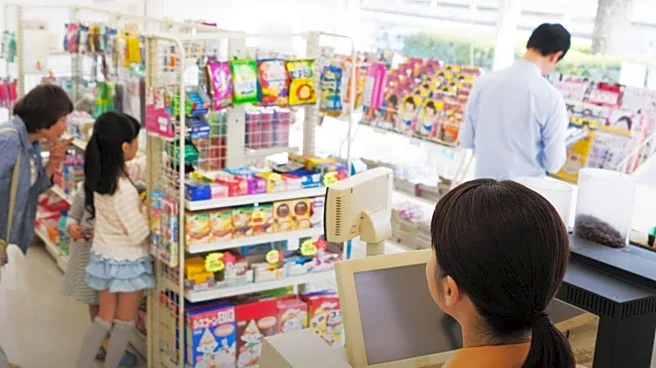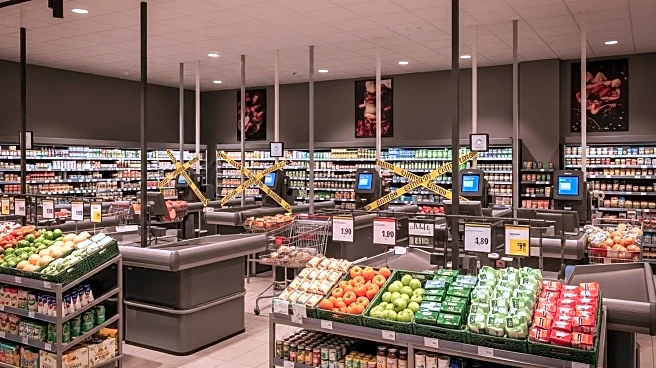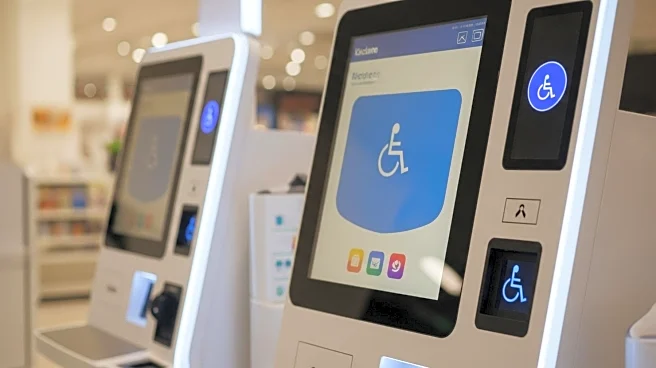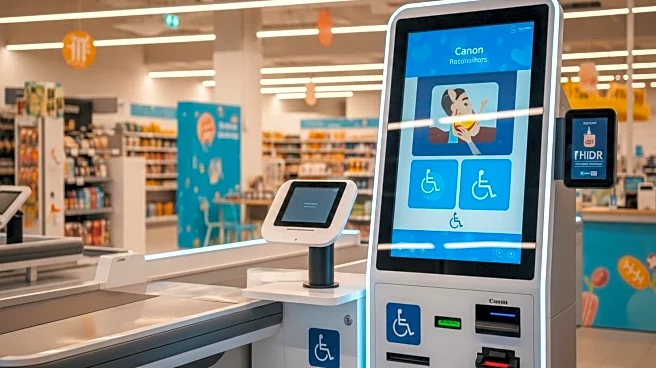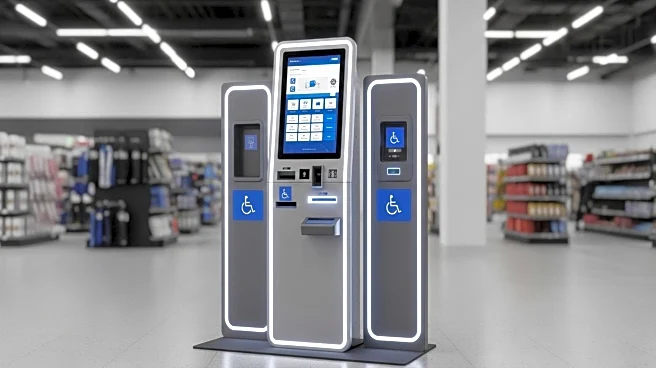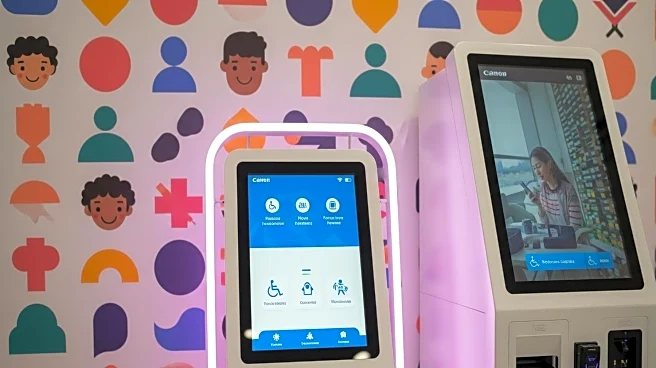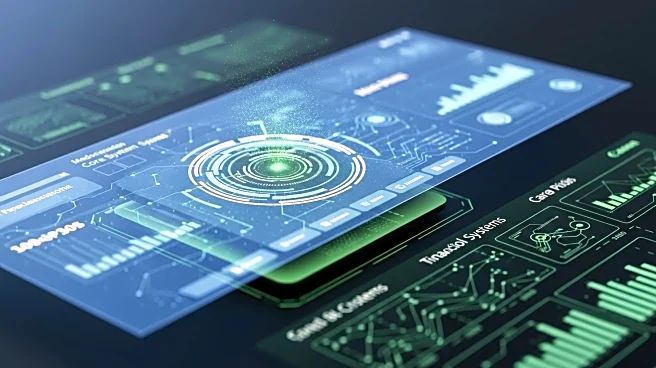What's Happening?
Target Corporation has announced the rollout of a new accessible self-checkout system across its stores nationwide, designed to assist customers with disabilities, including those who are blind or have low vision. This initiative, developed in collaboration with the blind community and touchscreen partner Elo, features Braille icons, high-contrast button icons, audio prompts, headphone jacks with adjustable volume, and physical navigation buttons. The system aims to enhance shopping independence and ease for guests with disabilities. The rollout is set to begin during the holiday season and will continue into early 2026.
Why It's Important?
This development marks a significant step in retail accessibility, positioning Target as a leader in inclusive shopping experiences. By implementing technology that caters to the needs of disabled customers, Target not only improves the shopping experience for these individuals but also sets a precedent for other retailers to follow. This initiative could lead to increased customer loyalty and broadened market reach, as it demonstrates Target's commitment to inclusivity and innovation. The collaboration with the National Federation of the Blind underscores the importance of involving affected communities in the design process, ensuring that solutions are both practical and impactful.
What's Next?
As the rollout progresses, Target will likely monitor customer feedback to refine and enhance the system further. Other retailers may observe Target's approach and consider similar initiatives to improve accessibility in their stores. The success of this program could encourage broader adoption of accessible technologies in retail environments, potentially influencing industry standards and practices. Additionally, Target's focus on accessibility may inspire other sectors to prioritize inclusive design in their products and services.
Beyond the Headlines
The introduction of accessible self-checkout systems highlights the ethical responsibility of businesses to cater to all customers, regardless of their physical abilities. This move could spark discussions on the importance of accessibility in public spaces and the role of technology in bridging gaps for disabled individuals. Long-term, this initiative may contribute to societal shifts towards greater inclusivity and awareness of the challenges faced by people with disabilities.

